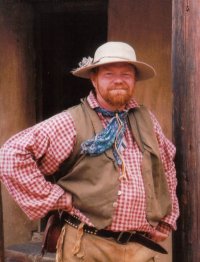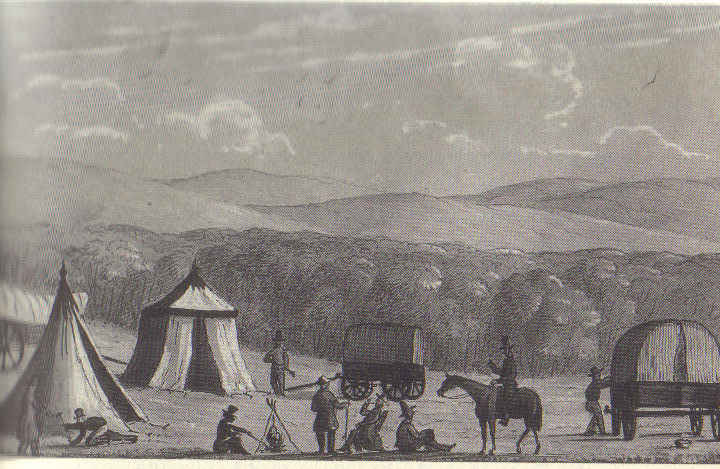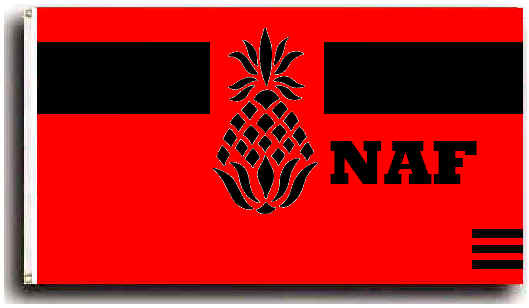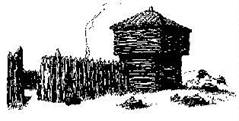
MIKE MOORE
Staff Writer
|
SMOKE SIGNALS ___________________________
Oh…de toilet! By this time we had grown rather shabby; our clothes has burst into rags and tatters; and what was worse, we had little means of renovation. Fort Laramie was but seven miles before us. Being averse to appearing in such a plight among any society that could boast an approximation to the civilized, we stopped by the river to make our toilet in the best way we could. We hung small looking glasses against the trees and shaved, an operation neglected for six weeks; we performed our ablutions in the Platte, though the utility of such a preceding was questionable, the water looking exactly like a cup of chocolate, and the banks consisting of the softest and richest yellow mud… Francis Parkman Toiletries are a subject you don’t see much written about. I think this for a few reasons. First, not many individuals have any idea what people did, or have a wrong idea of what it was and lastly, the subject is one that some might think of as in bad taste. One of the best journal entries written on this subject is the one I showed above by Francis Parkman. While on the trail traveling, personal hygiene was not a big priory for the people in the west. When they came to places where you sat at tables for dinners, had paintings made of people or places and where there were people they wanted to impress, things changed. Another and maybe best reason for not seeing this is expressed by Albert Pike:
And he is right. There are so many small, common activities that we want and need to know about. Items that happened every day and for a thousand years. But how did they do it? Since some might have a wrong idea of what this subject is, I will give a definition of this before we go any further: toil-et + ry (1825-35) n. pl. –ries, any article or preparation used in cleaning or grooming oneself, as soap or deodorant. This is a good explanation of what toiletries are. I have used this entry before, but I want to show an outsider’s view of the Americans he traveled with and what they did or not do in regards to their personal cleanliness. William Fairholme, an English officer from Canada, was traveling in the American west to hunt buffalo and all around him are these disgusting Americans. In his journal, he writes about traveling with a few in close quarters (a stage coach and on this part of the journey, a steamship):
Whether you call this personal hygiene or toiletries; today, we have many different attitudes as to what is clean, proper and what is not. Let me show you a few entries I have found which might make you stop and think about how things have changed:
The various forts, trading houses and regular campsites on the trails had an appeal for those who traveled in the west. These well known sites were where a traveler could get resupplied, have repairs done, get the most recent news, trade tired horses for fresh ones, rest and maybe see someone who they had not traveled with all the way from St. Louis. Along with the useful items mentioned above, came from these places items that were not too desirable. Fleas, rats and lice came along when they left. In Francis Chardon’s journal, he tells us at the end of each month in his journal how many rats he killed: Number of rats killed this month 91. The five years he kept his journal (1834-39), he gives the total number eliminated as 3729. Others mention:
Whitman It was also a common observation that whenever a person left an Indian camp after staying awhile, they carried a few of these. Lewis Garrard explains: …One great drawback to pleasures of an Indian village is that the inhabitants are troubled with a persecuting little animal- a roamer through the unbroken forests of hair on children’ heads- now ascending the mountain of self esteem, or reposing in the secluded vales around about combativeness. These creatures here, are white, and nearly the size of wheat grains. They do not confine their penetrating researches to the capote alone, but traverse the immense surface of the whole body. By being in the same lodge with les savages continually, it was impossible to keep clear of the insects. Of course, we cam in for our share; but poor Buchanan, who wore a flannel shirt, was doubly visited. A good example of how different things are from today, is a missionary wife’s (Narcissa Whitman) confession on the number of times she did the washing for her and her husband:
A common myth is that people during this time did not take baths. Contrary to this popular belief, baths were taken. A funny story on bathing includes Jedediah Smith, who came up on his fellow travelers soaking in a small, shallow pool up to their necks. He asked how it was and a man said, “Good, come on in!” He dived in and came up with a head full of mud. The men were sitting down and he thought it was as deep as their necks, while standing up. Jed wasn’t very happy about looking foolish and the man stayed out of camp till the next morning waiting for him to cool off. Another entry that we always associate with different topic, represents well bathing in the fur trade: Susan Magoffin For us today, we shouldn’t feel bad caring for our personal hygiene while in a camp or on a trek. Items like paper covered looking glasses, pocket razors, ivory and china combs, scissors and red, blue and white cotton handkerchiefs are found in the trade records going to rendezvous and were sold by the dozens in the Santa Fe trade. Bent’s Fort even sold “toilet water” and powder for your teeth. I am especially careful of how I take care of myself when out longer than a weekend. A day or two isn’t bad, I won’t even change my shirt; but when out for a week or longer, I brush my teeth (usually with the coarse salt I carry for seasoning my meat) daily and either change or wash my sox and clean my feet. I think that any stay of longer than a week deserves a bath, which I have done many times in creeks, horse troughs and rivers. If you want to find a good place to see these items and others on the inventories and trade rolls, check the Internet site of xmission.com under archives of records. __________________________
Picture- 112 mile camp scene, Journal of an Expedition to the Grand Prairies in 1840, Arthur Clark Company. ___________________________
___________________________ Page 10 updated 05/10/2010 |



 come warm yourself friends
come warm yourself friends